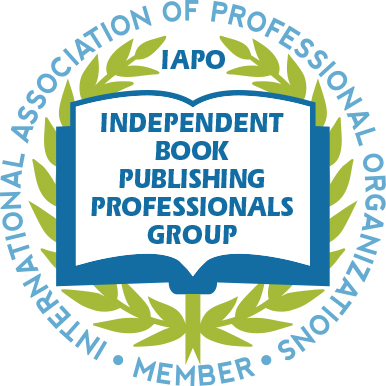Authorship and Contributorship
Only those who have played a crucial role in the development, execution, or interpretation of the research should be considered authors. All individuals who have made significant contributions should be listed as co-authors. Those who have participated in specific aspects of the project should be acknowledged or listed as contributors. The lead author must ensure that all proper co-authors are included in the paper, and none are included without permission. Additionally, they must ensure that all co-authors have reviewed and approved the final version of the manuscript before submitting it for publication.
The primary author of the manuscript should be the individual who made the most significant contribution to its creation. All those who contributed to the work should be listed as co-authors in the article. Any other individuals who were involved in the preparation of the manuscript should be acknowledged or listed as associates. Prior to publication, it is essential that the primary author and all co-authors have reviewed and approved the final version of the manuscript.
SciFormat Publishing adheres to the guidelines for authorship and contributors outlined by the International Committee of Medical Journal Editors (ICMJE), also, in all aspects of authorship and contributorship, we follow the СОРЕ principles and recommendations.
When submitting a manuscript, the primary author should clearly indicate the roles and contributions of each listed author, as well as any individuals or institutions acknowledged for their contributions to the article, in the Acknowledgements section.
Roles of contributors identified in accordance with the CRediT - Contributor Roles Taxonomy:
- Conceptualization – Ideas; formulation or evolution of overarching research goals and aims.
- Data curation – Management activities to annotate (produce metadata), scrub data and maintain research data (including software code, where it is necessary for interpreting the data itself) for initial use and later re-use.
- Formal analysis – Application of statistical, mathematical, computational, or other formal techniques to analyze or synthesize study data.
- Funding acquisition – Acquisition of the financial support for the project leading to this publication.
- Investigation – Conducting a research and investigation process, specifically performing the experiments, or data/evidence collection.
- Methodology – Development or design of methodology; creation of models.
- Project administration – Management and coordination responsibility for the research activity planning and execution.
- Resources – Provision of study materials, reagents, materials, patients, laboratory samples, animals, instrumentation, computing resources, or other analysis tools.
- Software – Programming, software development; designing computer programs; implementation of the computer code and supporting algorithms; testing of existing code components.
- Supervision – Oversight and leadership responsibility for the research activity planning and execution, including mentorship external to the core team.
- Validation – Verification, whether as a part of the activity or separate, of the overall replication/reproducibility of results/experiments and other research outputs.
- Visualization – Preparation, creation and/or presentation of the published work, specifically visualization/data presentation.
- Writing – original draft – Preparation, creation and/or presentation of the published work, specifically writing the initial draft (including substantive translation).
- Writing – review & editing – Preparation, creation and/or presentation of the published work by those from the original research group, specifically critical review, commentary or revision – including pre- or post-publication stages.







